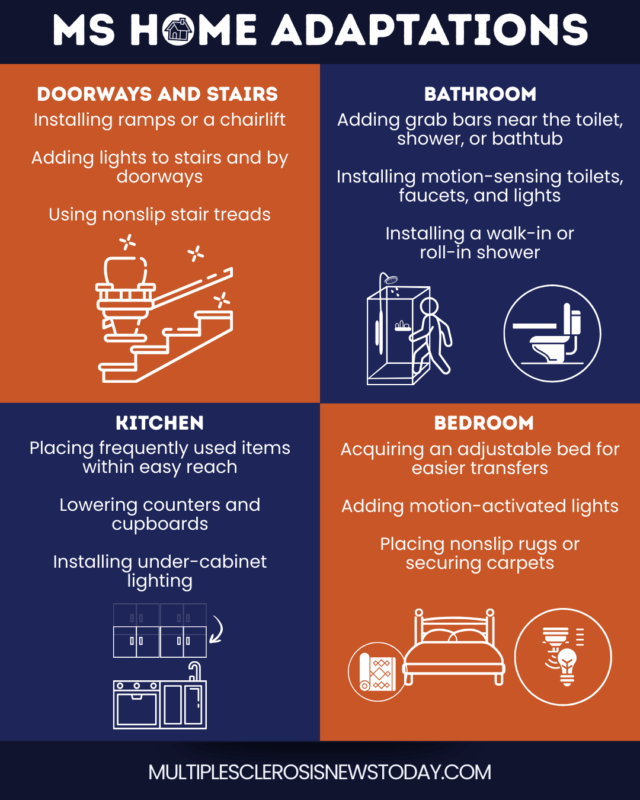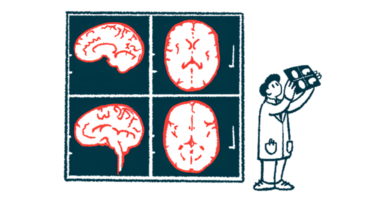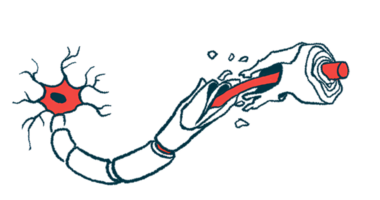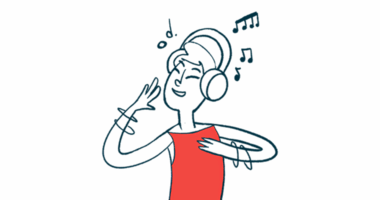Fall-proof your home: Tips for creating an MS safe space
Last updated Feb. 17, 2025, by Susie Strachan

Whether you’re newly diagnosed with multiple sclerosis (MS) or have been living with the condition for some time, you can reduce your risk of falling by making home adaptations.
MS is a progressive neurological condition that affects the central nervous system — the brain and spinal cord — leading to a wide range of physical and cognitive symptoms that can increase your risk of falling.
The disease is more common in women than men and is typically diagnosed between the ages of 20 and 40.
There are several MS symptoms that can make it harder for you to stay steady or recover from a stumble. These include physical problems such as muscle weakness, poor balance and coordination, spasticity, or foot drop (when you cannot properly lift your toes when taking a step). But other issues such as vision problems, fatigue, and poor mental health can also increase your risk.
Fall prevention strategies include following your MS treatment as prescribed, using mobility aids as needed, and creating a safer and more accessible home.
How MS-specific adaptations can help
MS home adaptations that reduce the risk of falling can help you maintain independence and safety, whether you’ve recently been diagnosed with MS or your symptoms have worsened.
When you’re first diagnosed with MS, risk management for falls might start with identifying hazards or potential obstacles in your home, such as loose rugs, crowded pathways, and poorly lit areas.
At some point, you might want to work with an occupational therapist to evaluate how you use your living space and offer suggestions for MS-friendly home improvements that make your environment safer.
An occupational therapist can also show you how to get up after a fall to prevent causing injury or pain. They can teach you proper body positioning and techniques for pushing or pulling yourself upright.
As MS progresses, and symptoms such as muscle weakness, spasticity, foot drop, fatigue, dizziness, and vision problems worsen, your risk of falling may increase.
To help you continue to navigate your space safely in the future, especially if you need adaptive equipment for MS, you may want to make other changes to your home, such as widening doorways, upgrading the bathroom, and installing assistive technology.

Doorways and stairs
Check your home for potential hazards such as narrow doorways, poorly lit areas, uneven steps, and broken handrails. All should be addressed to reduce the risk of falling.
To further increase safety, consider these upgrades:
- installing ramps
- adding handrails by stairs or checking their stability
- replacing or repairing uneven steps
- adding lights to stairs and by doorways
- installing a chairlift
- widening doorways to accommodate a wheelchair
- using nonslip stair treads.
Bathrooms
Balance issues can make the bathroom harder to navigate, with its limited space, sometimes slippery floors, and fixtures of varying heights, such as toilets and sinks.
Make your bathroom a safer space by adding:
- grab bars near the toilet, shower, or bathtub
- raised toilet seat, tall toilet, or smart toilet with features such as motion sensors, automatic flush, and other touch-free features
- touch or motion-sensor faucets
- nonslip flooring in the bathroom and shower
- walk-in or roll-in shower
- nonslip rugs and shower mats
- motion-sensing lights.
Kitchen upgrades
Reaching for items on tall shelves in the kitchen or bending over to pick up a dropped item from the floor can increase your chance of falling, as can uneven flooring and wet surfaces.
Easy changes to make include:
- placing frequently used items within easy reach
- using a grabber tool for out-of-reach items
- placing nonslip mats or rugs near the sink and stove.
Additional modifications to consider include:
- lowering counters and cupboards to an accessible height
- installing pull-out shelves and lazy Susans to make items easier to reach
- installing under-cabinet lighting to brighten dark spaces
- installing lever-handle, touch, or motion-control faucets.
Bedrooms and living areas
Maneuvering in and out of bed can become challenging, especially in the middle of the night.
Bedroom adaptations may include:
- an adjustable bed that lets you change the height for easier transfers to a wheelchair or walker
- bed rails for stability when getting in and out of bed, especially if you have weakness or spasticity
- night-lights or motion-activated lights to improve visibility at night
- nonslip rugs or securing carpets to prevent slipping.
If you rely on canes, a rollator, or a wheelchair, try to keep it within easy reach of your bed but where it won’t be a tripping hazard in the dark.
Also try to clear all pathways of tripping hazards such as furniture, cords, shoes, and loose rugs.
Areas such as the living room, dining room, home office, and laundry room may also benefit from making safety changes.
- Create clear pathways.
- Rearrange furniture, if needed.
- Check chairs and tables for stability.
- Install shelves at an accessible height.
- Place cords and cables out of the way or tape them to the wall.
Assistive technology
Assistive technology for MS can help make managing your MS at home easier and less stressful.
Monitoring devices, for example, can provide peace of mind by sending an alert if you fall or need assistance. Knowing help is readily available can help alleviate feelings of anxiety, especially if you have fallen in the past.
Smart-home features, such as voice-activated controls and automated lighting, can minimize situations that might lead to a fall, like reaching for a switch or walking in a dark room.
Smart-home solutions include:
- voice-activated smart-home devices for adjusting lights, temperature, and monitoring security
- voice-activated devices that reduce the need for sudden movements, such as rushing to answer a phone
- virtual assistants that send you a reminder to take your MS medications, exercise, and eat
- smart walkers or canes that monitor your gait and alert you or a caregiver when you are off-balance
- pressure-sensitive mats near your bed that can let a caregiver know when you are trying to stand
- wearable fall detectors, like smartwatches, to alert others and summon help if needed
- smartwatches to monitor your heart rate, oxygen levels, and other vital signs, alerting you to changes that might increase the risk of dizziness or falls.
Maintaining a safe home
To help prevent falls in the future, monitor how your MS symptoms change over time so you can adapt your home to meet your evolving needs.
Always let your MS healthcare providers know about any specific challenges you are having, such as balance issues or muscle weakness. They may recommend trying or changing mobility aids, using other adaptive equipment, or installing new technologies.
Also make your family and caregivers aware of your concerns about falling so they can put your mind at ease by supporting you in finding the right solution. Involve them in home risk assessments, and be sure they know how to use and maintain any adaptive equipment for MS you rely on.
Planning ahead can also help with stress management by making your living spaces more accessible before you need them to be. Eventually, you may want to consider a single-level, ranch-style house or an apartment.
Other resources for getting advice on avoiding falls and injury in your home may be found on MS support groups and forums at Multiple Sclerosis News Today.
Multiple Sclerosis News Today is strictly a news and information website about the disease. It does not provide medical advice, diagnosis, or treatment. This content is not intended to be a substitute for professional medical advice, diagnosis, or treatment. Always seek the advice of your physician or other qualified health provider with any questions you may have regarding a medical condition. Never disregard professional medical advice or delay in seeking it because of something you have read on this website.
Related content







